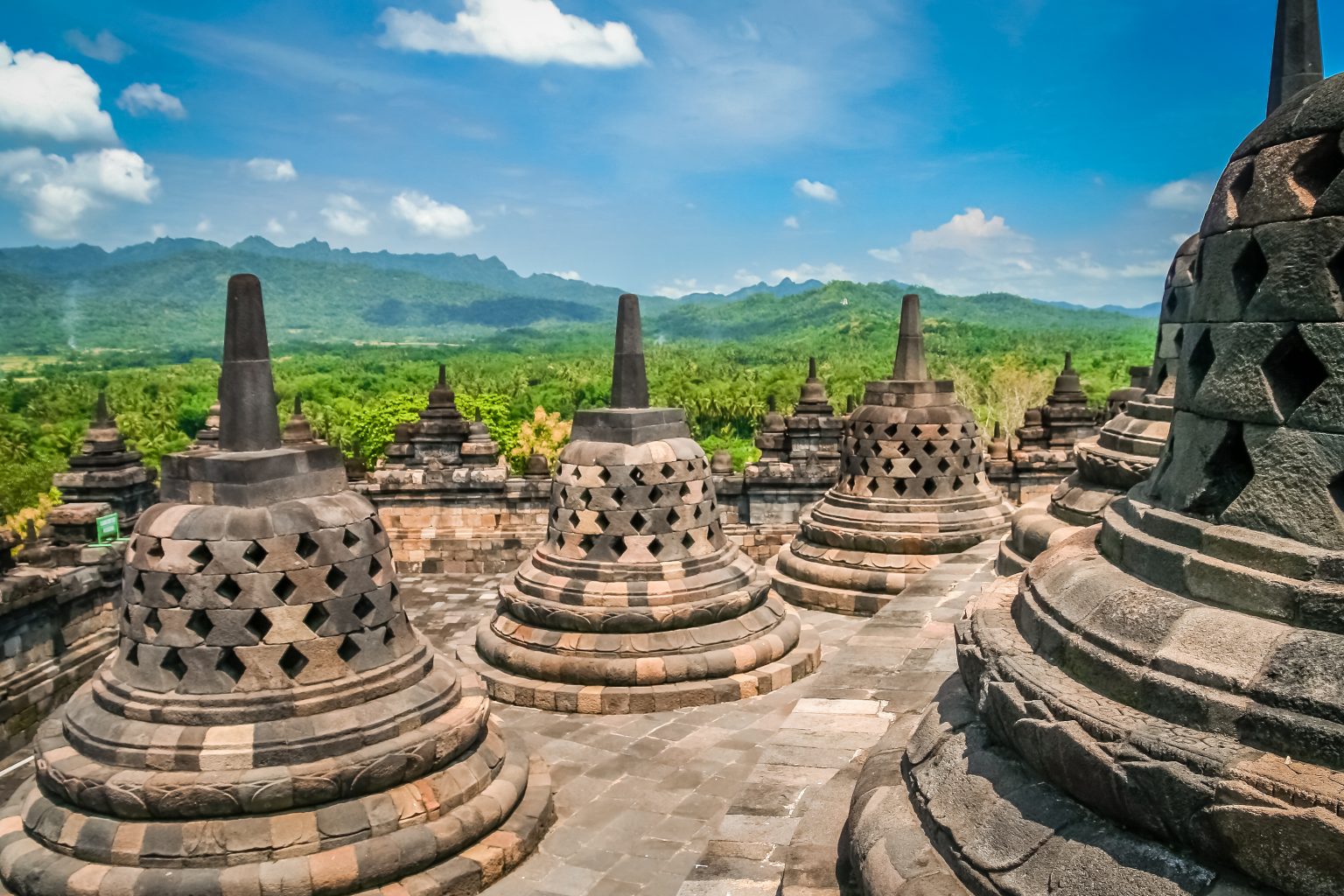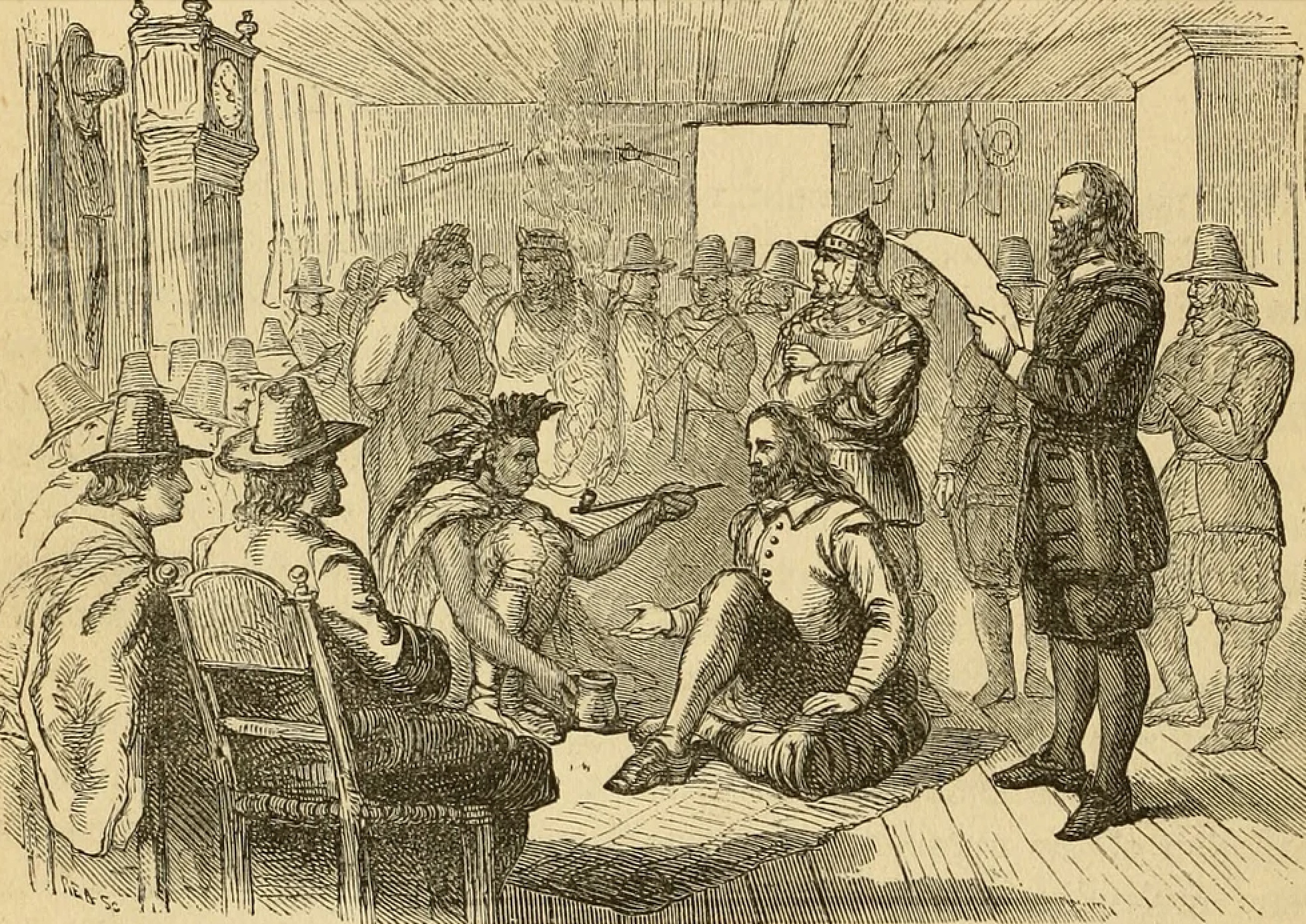In the highlands of the Andes, where the earth meets the sky, the Inca Empire once flourished with a culture deeply intertwined with the celestial bodies. Among these, the sun, known as Inti, held a place of honor as the empire’s paramount deity. This article delves into the Inca’s solar worship and its profound influence on their civilization.
The Inca civilization, which reigned from the early 13th century until the Spanish conquest in the 16th century, was a marvel of pre-Columbian America. At its zenith, the empire stretched across modern-day Peru, Ecuador, Chile, Bolivia, and Argentina. The Inca were masterful builders, astute administrators, and, above all, devout worshippers of the sun.
Inti, the sun god, was revered as the divine ancestor of the Incas. The emperor, known as the Sapa Inca, was considered a living god, the son of Inti, which legitimized his rule over the vast empire. The worship of Inti was not just a religious practice but a state policy, with the cult of the sun god being central to the Inca’s identity1.
The Coricancha, or ‘Temple of the Sun,’ in the capital city of Cusco, was the spiritual hub of the empire. Adorned with gold to reflect the sun’s radiance, it was the most sacred of all Inca temples. Here, priests would offer daily prayers and sacrifices to Inti, seeking his blessings for good harvests, victory in battles, and the well-being of the emperor2.
The most significant festival in honor of Inti was the Inti Raymi, or ‘Festival of the Sun.’ Held during the winter solstice, it was a time of grand celebrations, sacrifices, and rituals. The Sapa Inca would fast for days before the event, and on the day of Inti Raymi, he would break his fast by drinking a ceremonial chicha (corn beer) and offering it to the sun. The festival symbolized the eternal bond between the sun and the Inca people3.
The Inca’s solar worship also had a practical aspect. Their agricultural practices were closely linked to the solar calendar. They observed the sun’s movement to determine the best times for planting and harvesting. The Intiwatana stone at Machu Picchu, a precise solar observatory, exemplifies the Inca’s advanced understanding of astronomy and its application in everyday life4.
Despite the Spanish conquest, which sought to eradicate the Inca’s beliefs, the legacy of Inti persists. The Quechua people, descendants of the Inca, still hold traces of solar worship in their traditions. Inti Raymi is celebrated even today, albeit in a syncretic form, blending Inca rituals with Christian elements.
In conclusion, the Inca’s solar worship was not merely a religious doctrine but the very essence of their empire. It shaped their culture, governance, and scientific pursuits. The ‘Empire of the Sun’ may have set with the arrival of the conquistadors, but the sun’s influence on the descendants of the Inca endures, a testament to the enduring power of Inti in the hearts of the Andean people.












